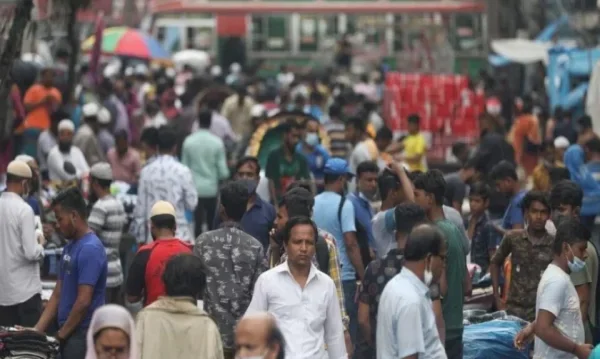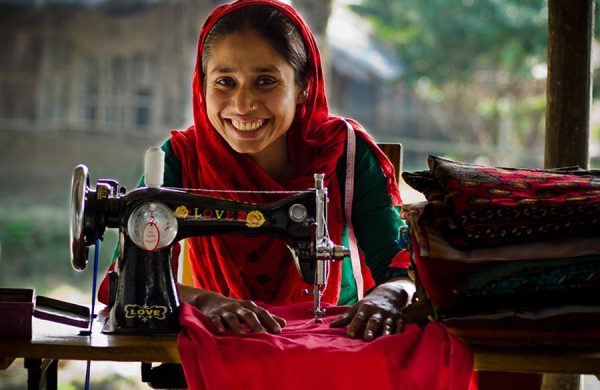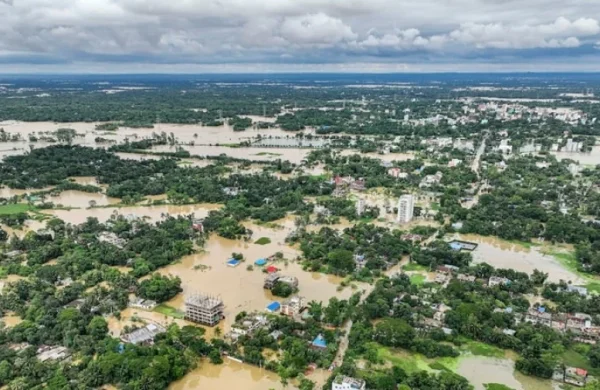EU-South American Free Trade May Hamper Bangladesh
- Update Time : Tuesday, December 10, 2024

---Nironjan Roy---
After Donald Trump secured his victory in the US election last November, the trade war started escalating because he took this issue seriously in his election campaign and openly threatened to apply tariffs against countries exporting to the USA. Though he has mainly targeted China, he has not spared other countries as well.
After China, he has targeted his large neighbour and close ally, Canada and openly declared to impose a 25% tariff against Canadian exports to the USA, which has caused serious concerns for Prime Minister Justin Trudeau who has made a quick visit to the President-elect Donald Trump for negotiation. Even Trump did not hesitate to expand the jurisdiction of applying higher tariffs to European countries. In fact, Trump has made the slogan, “Make America great again”, popular and to realise this, he is determined to do whatever is needed even if his action goes against the interests of the US allies or foes.
Trump is not like other traditional politicians, so he is most likely to do whatever he promised in his election campaign. The analysis apprehended that the tariff war, which already commenced after the election result, will escalate after 20 January 2025, when Trump will officially enter the White House. The world leaders know it very well that Trump is the person who will make it happen, so a tariff war is inevitable. Therefore, all countries targeted so far have started taking preparation and considering retaliatory measures as well as alternative trade sources. Many supply sources have already started relocating their production from China. European countries are also trying some alternative ways to face this evolving challenge.
As part of their strategy, the EU (European Union) is going to establish a free trade agreement with some South American countries. The objective and details of such a trade agreement have not been made public yet; however, experts opine that significant tariff cuts and removal of non-tariff barriers would be the main purpose of this free trade agreement. EU is going to sign this free trade agreement with primarily four countries including Brazil, Argentina, Paraguay and Uruguay. If all EU member countries ratify this deal, the trade pact will be considered the largest free trade agreement in recent history.
Although this free trade agreement has not been finalised yet and waiting for acceptance and ratification by all EU member countries in order to make it effective, hopes are high among many EU policymakers. International media reported that European Commission President Ursula von der Leyen has termed this free trade agreement a win-win agreement, which will result in meaningful benefits for consumers and businesses of both sides.
This free trade agreement is being explored with four major South American countries at a time when a new administration in the USA under Doland Trump is about to assume office. Since the beginning of the election campaign, Trump has threatened to slap high tariffs. He has openly declared that he will impose the highest tariff with a maximum of 60% against China. His tariff threat has not been restricted to China, instead, he has widened his tariff threat to other countries as well. Even the countries politically aligned with the USA have not been exempted from Trump’s tariff threat. His new tariff policy is very clear – it states that tariffs will be imposed on any country importing goods or products to the USA. So, it is obvious that Trump will not hesitate to apply the same strategy against the European countries.
There is growing opposition against this free trade among some member countries. Especially, farmers of France and Poland have been opposing this deal with South American countries. Their main concern is that this trade will largely open up EU markets to Brazilian agricultural exports. Experts opine that this opposition will not last because their concern is only about agricultural products whereas the main objective of this trade pact is to bring other goods including manufacturing products.
The underlying objective of this free trade is to explore new sources of supply chain which is mostly now based in China, India and other Asian countries including Bangladesh. A kind of uncertainty over the supply source of commodities has been created due to a tariff threat from President-elect Donald Trump. So, it is presumed that the supply source (particularly manufacturing products) may be shifted from Asia to South America.
So, is there anything at stake for Bangladesh because of all of these developments? Given the current context and developments, it is difficult to predict because all the terms and conditions are not clear yet. For this specific answer, we will have to wait till the free trade pact is ratified and full details of the agreement are made public. However, it may be presumed that if the purpose of this trade is to find suitable alternative supply sources by replacing the Asian market, then our country’s exports will of course be impacted. Our business community, especially those who are engaged in import-export business, must keep a close eye on this free trade pact between EU and South American countries and develop their business strategy accordingly.
____________________________________
The writer is a certified anti-money laundering specialist and banker based in Toronto, Canada. Email:



















